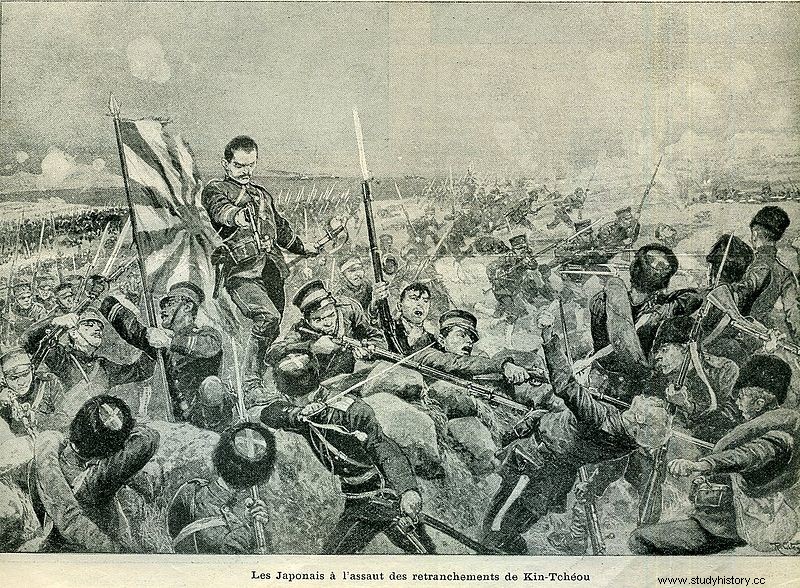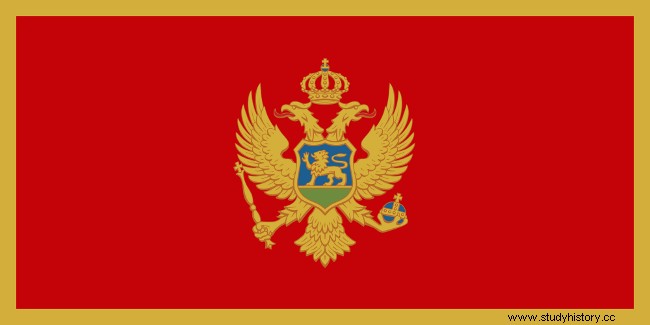It's called Hundred Years' War to the war between France and England that, in reality, lasted 116 years, from 1337 to 1453. Logically, and by approximation, it would be more appropriate to call a war conflict the Hundred Years War that lasted 102 years… between Montenegro and Japan .
The oppression of the Ottoman Empire over the Slavic peoples of the Balkan Peninsula in southeastern Europe, triggered several rebellions against the Turks and, after the Russian Empire supported its Slavic brothers, the Russian-Turkish War broke out.> (1877–1878). After the end of hostilities and the Congress of Berlin In 1878, at the initiative of the British and presided over by the Germans, the Balkans were reorganized. Montenegro expanded its territory and secured its, until now, precarious independence. In 1904 two expanding empires, the Russian and the Japanese, set their sights on the same territories, Korea and Manchuria (China)… the first great war of the 20th century began. Montenegro, in compensation for the support given against the Turks and believing to bet on a winning horse He also declared war on Japan. The internal problems of Russia and the power of the Japanese navy decanted the victory, against all odds, on the Japanese side. On September 5, 1905, with the mediation of US President Theodore Roosevelt , the Russian and Japanese delegations signed the Treaty of Portsmouth (USA)… no one came on behalf of Montenegro.

Russo-Japanese War
In 1991, during the Balkan conflict, the republics of Slovenia, Croatia, Macedonia and Bosnia-Herzegovina separated from the Socialist Federal Republic of Yugoslavia, leaving only Serbia and Montenegro. Passing in 2003 to be called Serbia and Montenegro. On May 21, 2006, in a plebiscite, 55.4% of the Montenegrin population supported the independence of this territory and on June 3, 2006, the Parliament of Montenegro ratified these results proclaiming the independence of the country, with which the The confederation of Serbia and Montenegro ceased to exist, fragmenting into two states:Serbia and Montenegro. And at this point is where someone realized that after 102 years they were still in a state of war with Japan. At the end of June 2006, Akiko Yamanaka , Vice Minister of Foreign Affairs of Japan, traveled to Podgorica to sign the peace and thus be able to recognize Montenegro as an independent state.

Montenegro
Sources:Daily Onigiri, History News Network, Tofugu,
